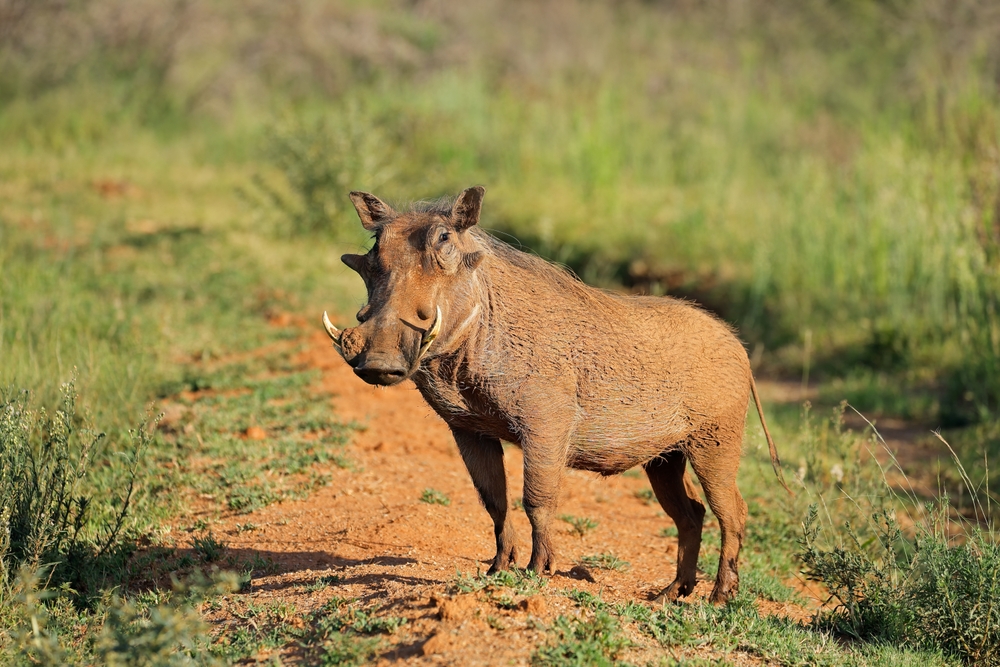Wongo Overview
Wongo National Park, known locally as “Parc National de Wongo,” is a protected area in southern Mali, established on January 16, 2002. Covering approximately 534 square kilometers, the park is a vital component of the Bafing Biosphere Reserve, which also includes Bafing and Kouroufing National Parks. This biosphere reserve encompasses the Manding Plateau and Manding Mountain, creating a diverse landscape of woodlands, savannas, and riverine ecosystems.
The park’s terrain is characterized by gently rolling hills and the presence of the Bafing River, a significant tributary of the Senegal River. While Wongo National Park does not feature prominent mountains or waterfalls, its varied topography and river systems contribute to a rich mosaic of habitats. To the northeast lies Lake Manantali, an artificial reservoir that further enhances the region’s ecological diversity.
Wongo National Park is renowned for its commitment to the conservation of the Western chimpanzee (Pan troglodytes verus), a subspecies classified as critically endangered. The park provides a sanctuary for these primates, offering a protected environment essential for their survival. In addition to chimpanzees, the park supports a variety of wildlife, including antelopes, warthogs, and numerous bird species, making it a significant reservoir of Mali’s biodiversity.
The establishment of Wongo National Park was a strategic move to safeguard the region’s unique flora and fauna. As part of the Bafing Biosphere Reserve, the park benefits from collaborative conservation efforts aimed at habitat preservation and species protection. These initiatives are crucial in mitigating threats such as poaching and habitat degradation, ensuring the long-term viability of the park’s ecosystems.
Visitors to Wongo National Park can engage in activities like wildlife observation and guided tours that offer insights into the park’s natural heritage. The presence of the Bafing River and proximity to Lake Manantali provide opportunities for eco-tourism, including bird watching and exploring the diverse landscapes. However, access to the park requires careful planning, and visitors are encouraged to coordinate with local authorities to ensure a safe and enriching experience.
In summary, Wongo National Park plays a pivotal role in Mali’s conservation landscape. Its dedication to protecting endangered species, particularly the Western chimpanzee, and its integration into the broader Bafing Biosphere Reserve highlight its importance. Through ongoing conservation efforts and sustainable tourism practices, Wongo National Park continues to preserve its natural treasures for future generations.










































































